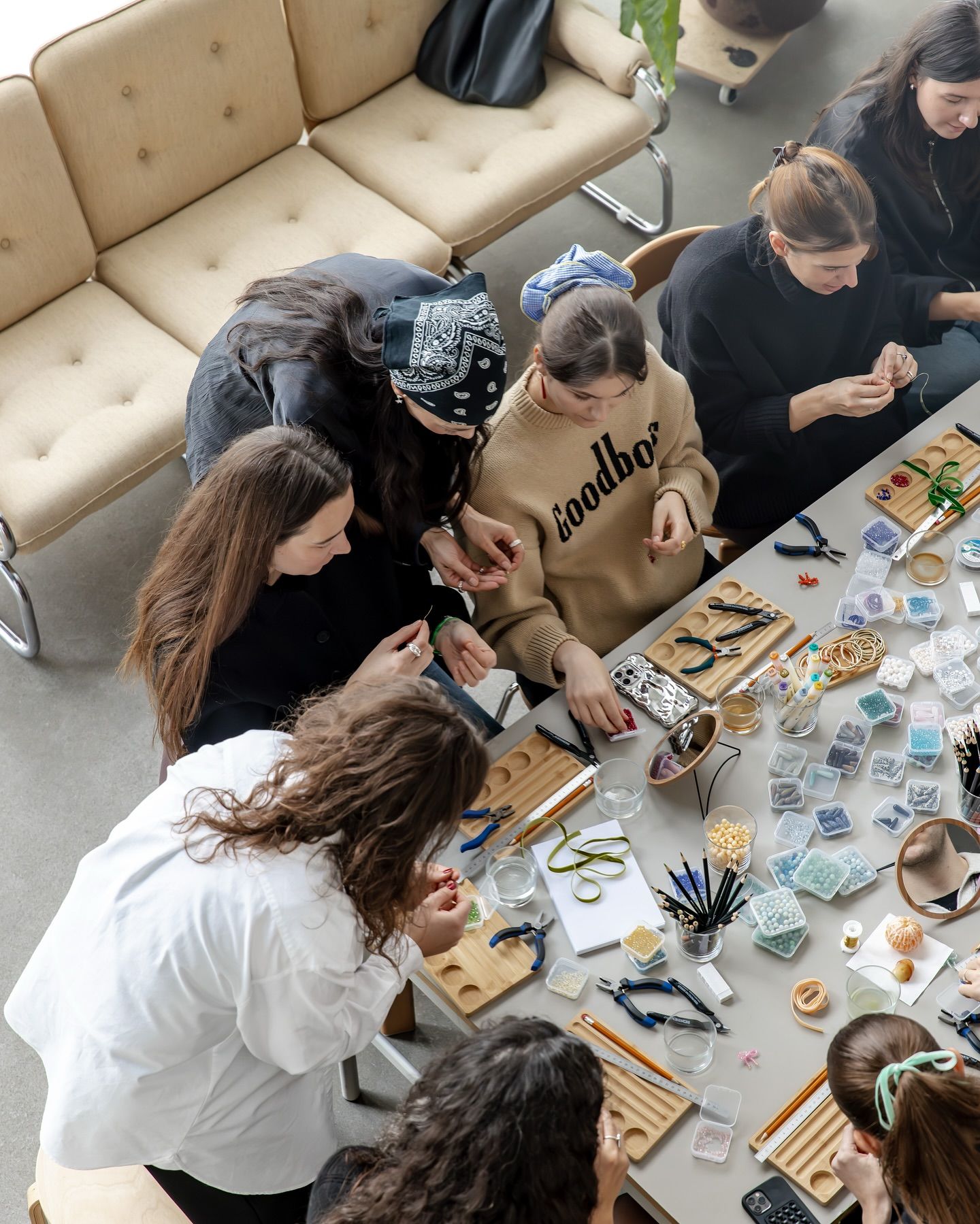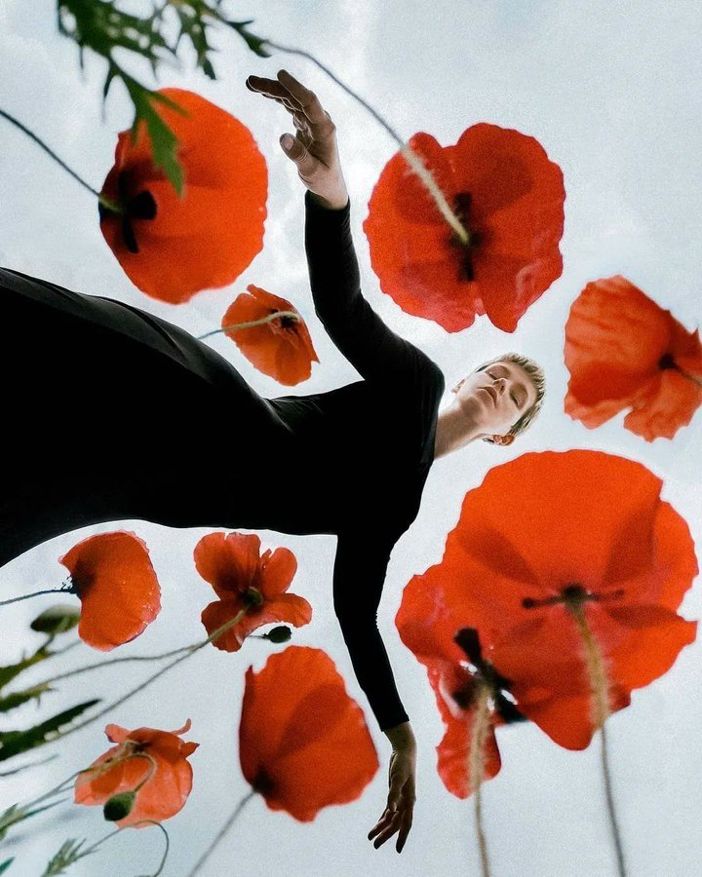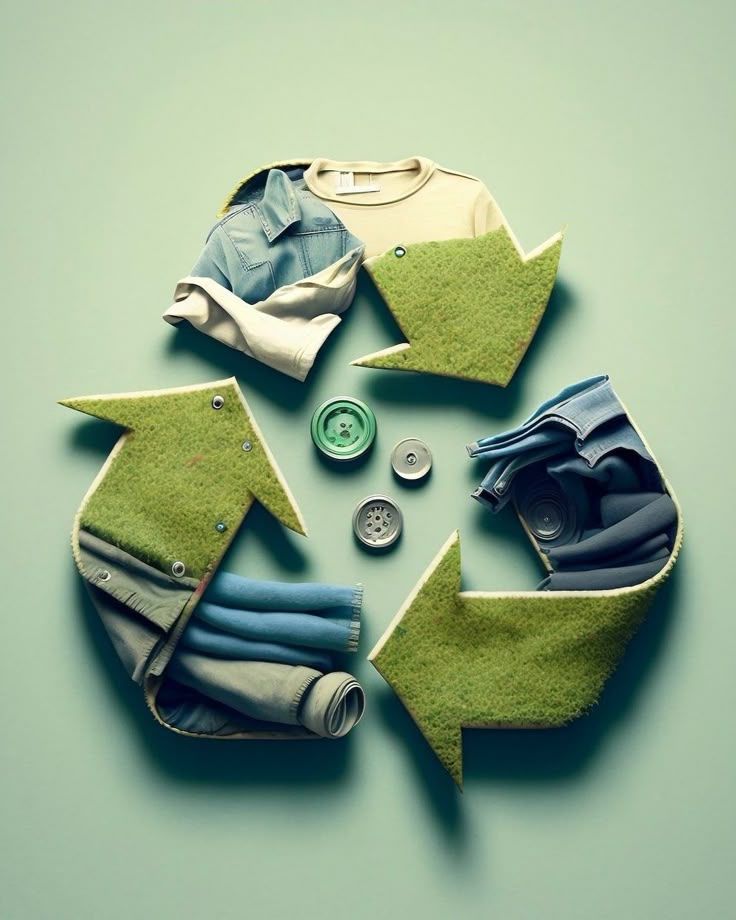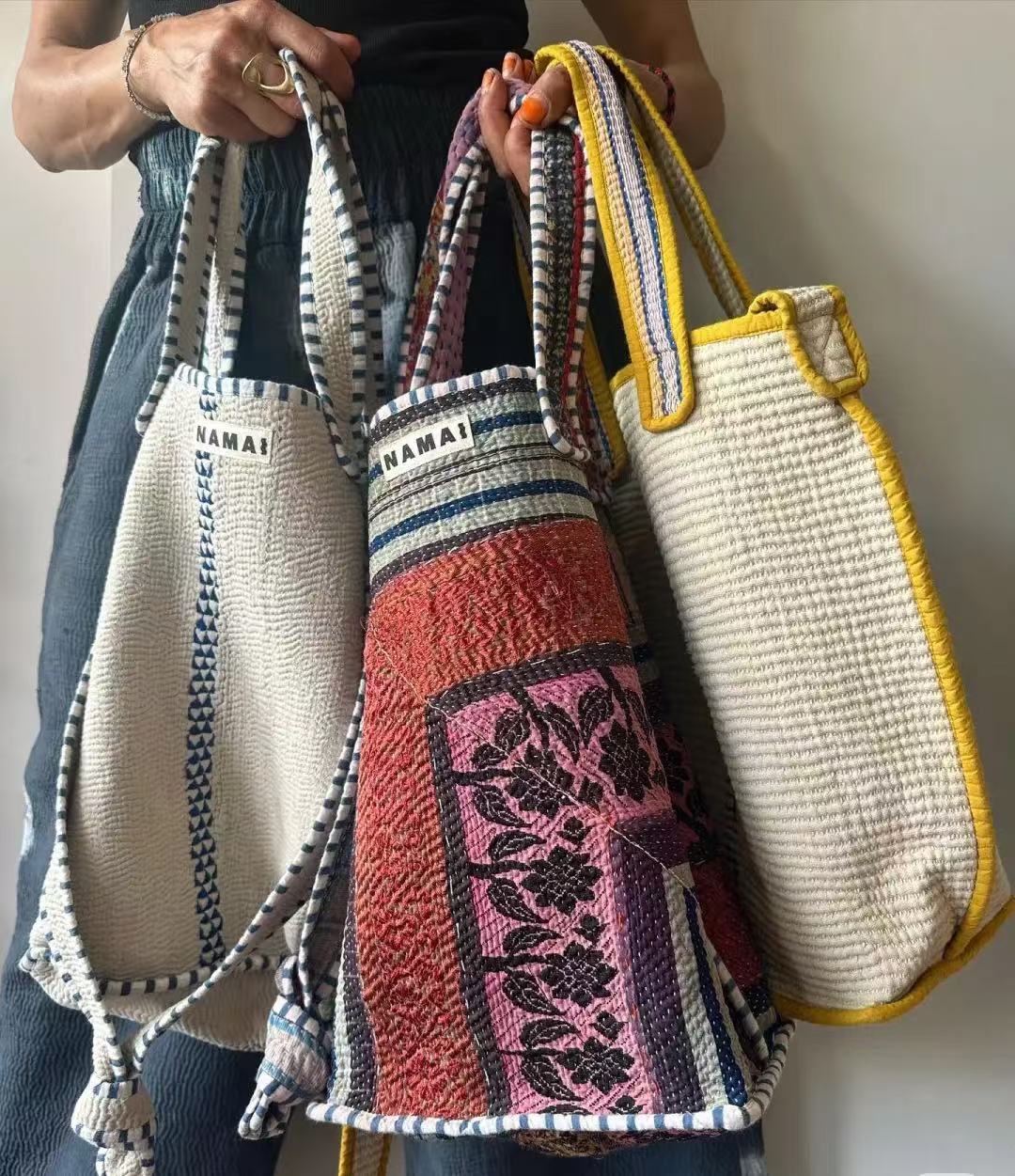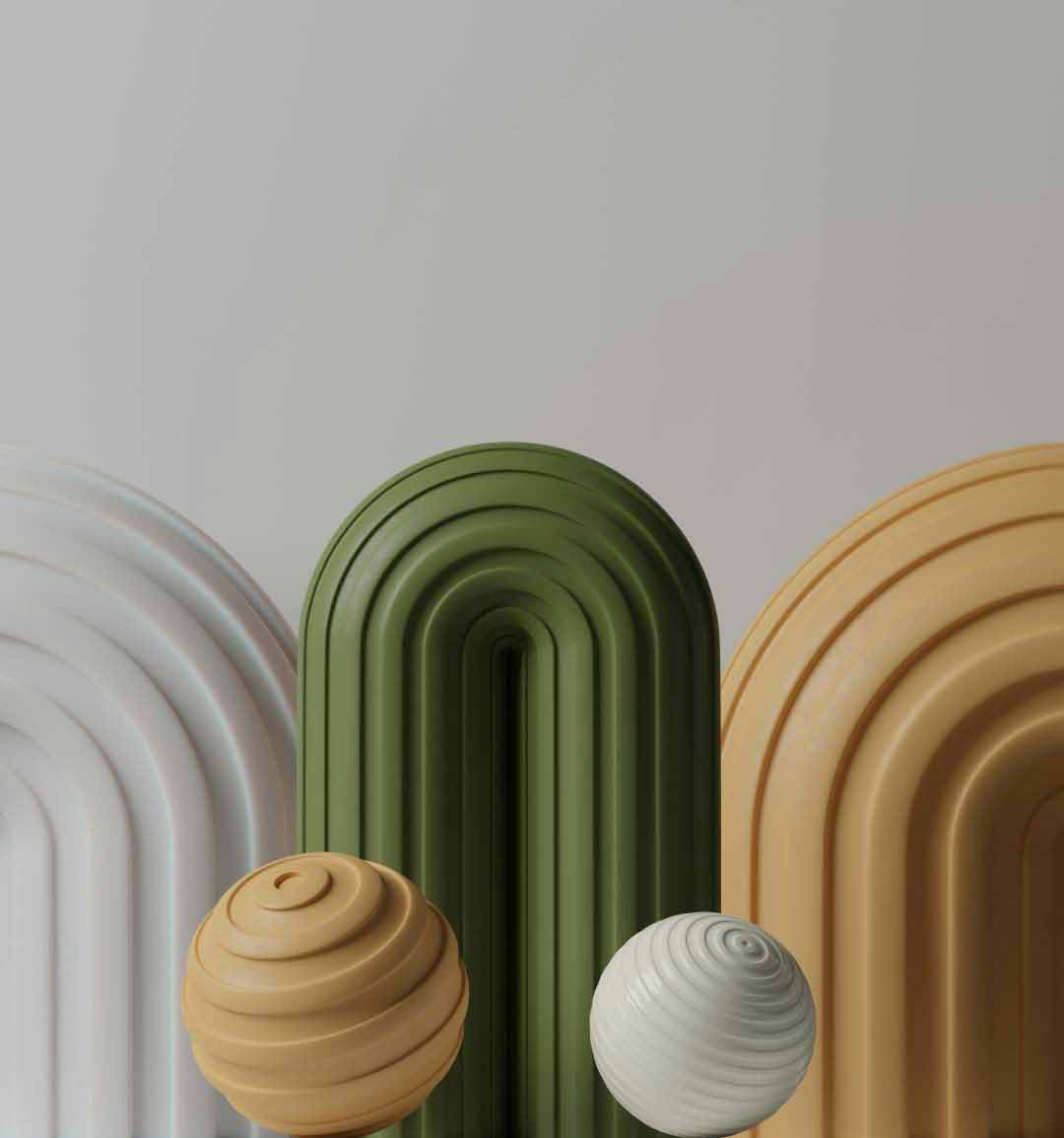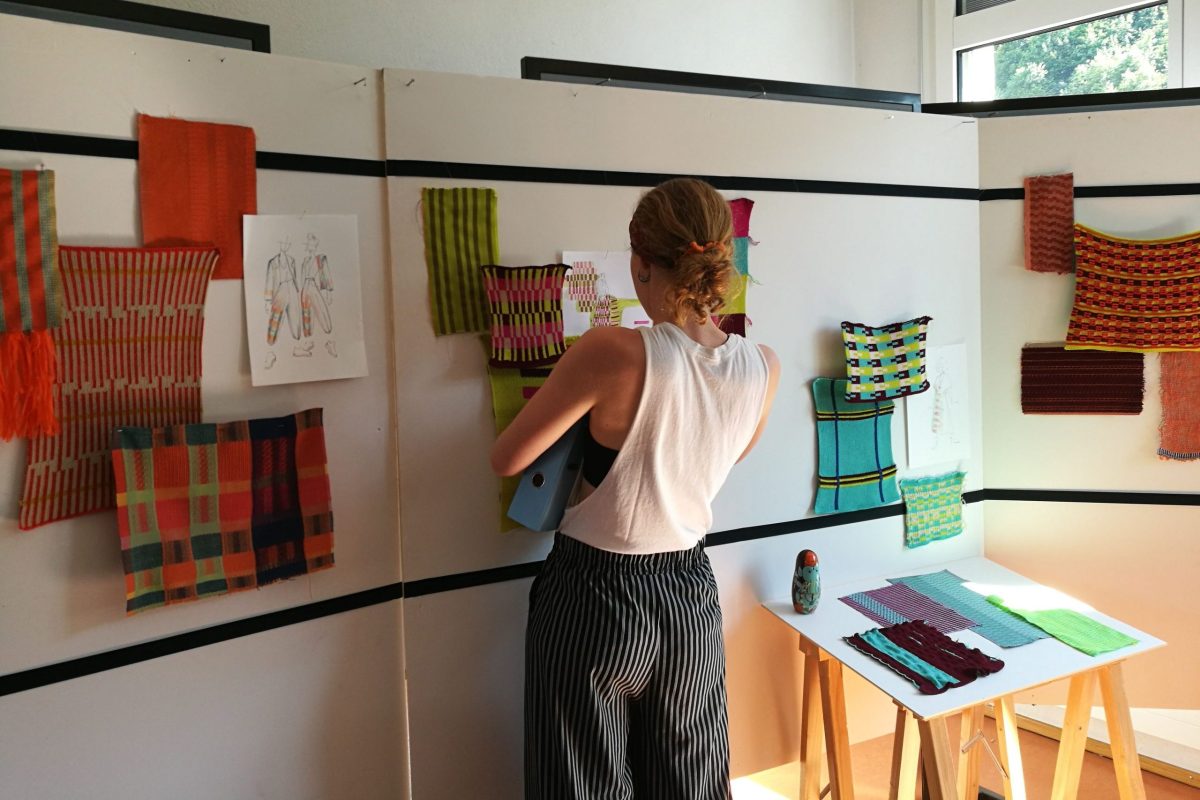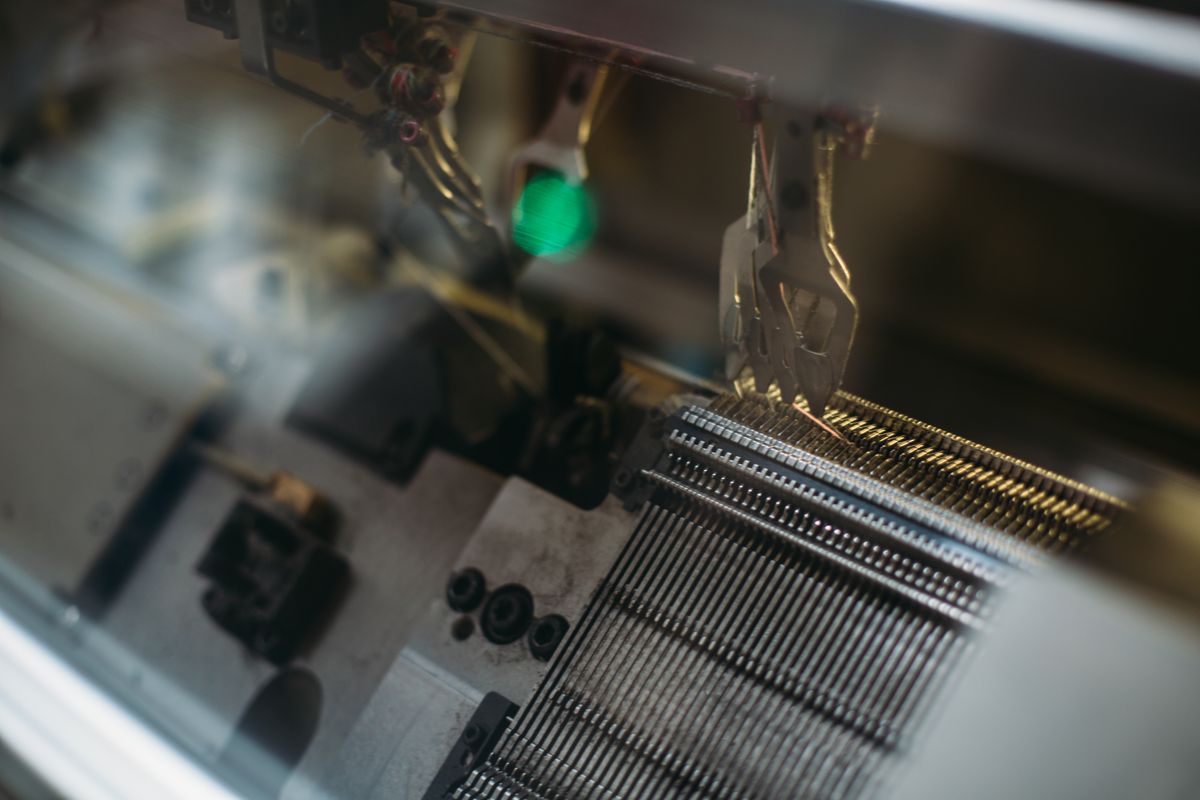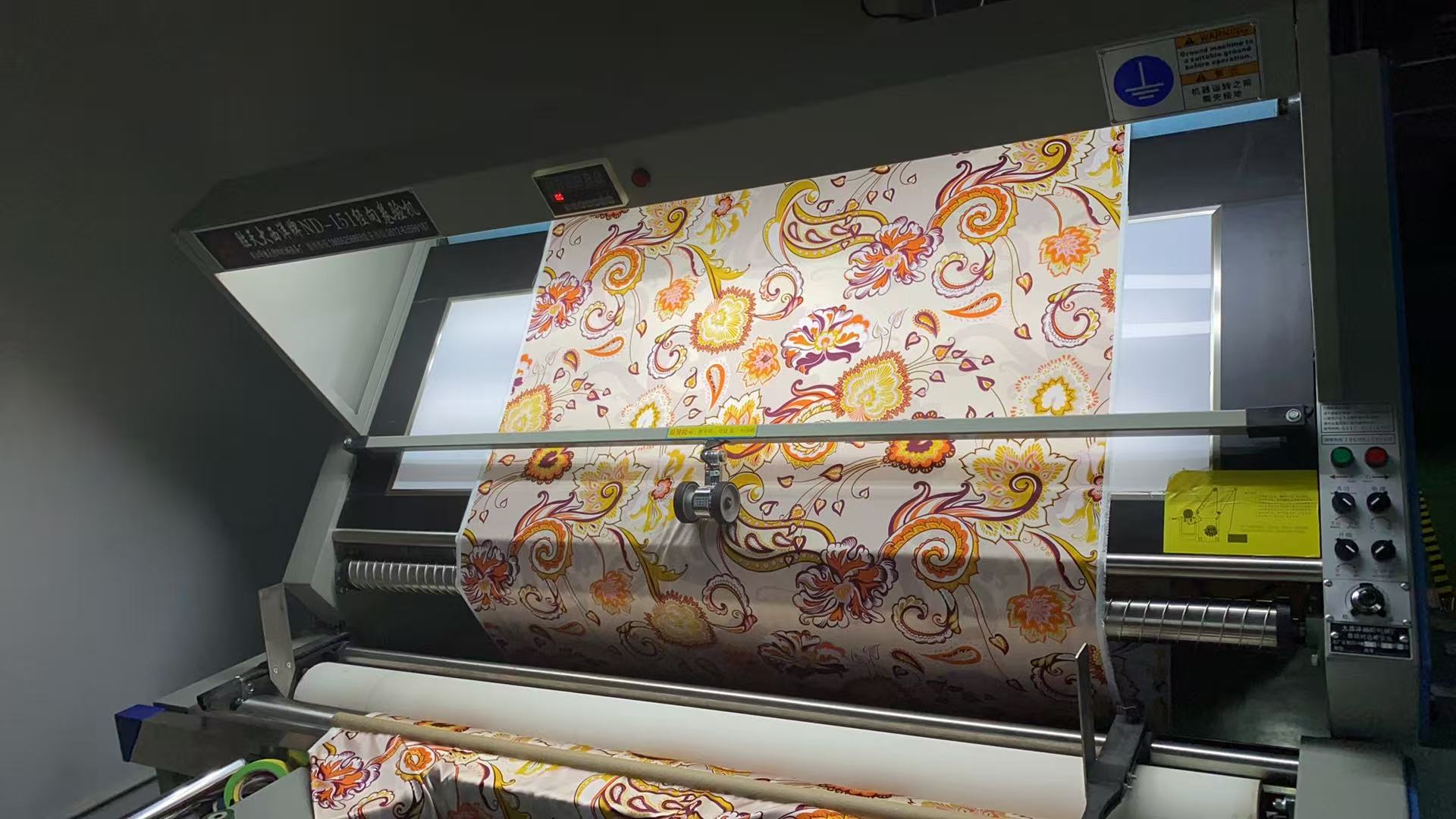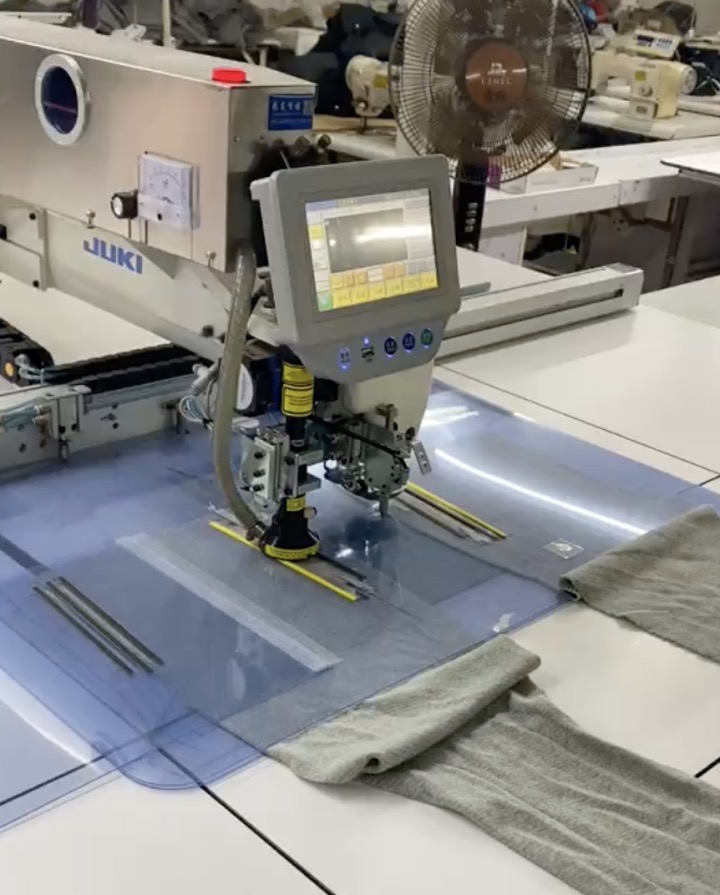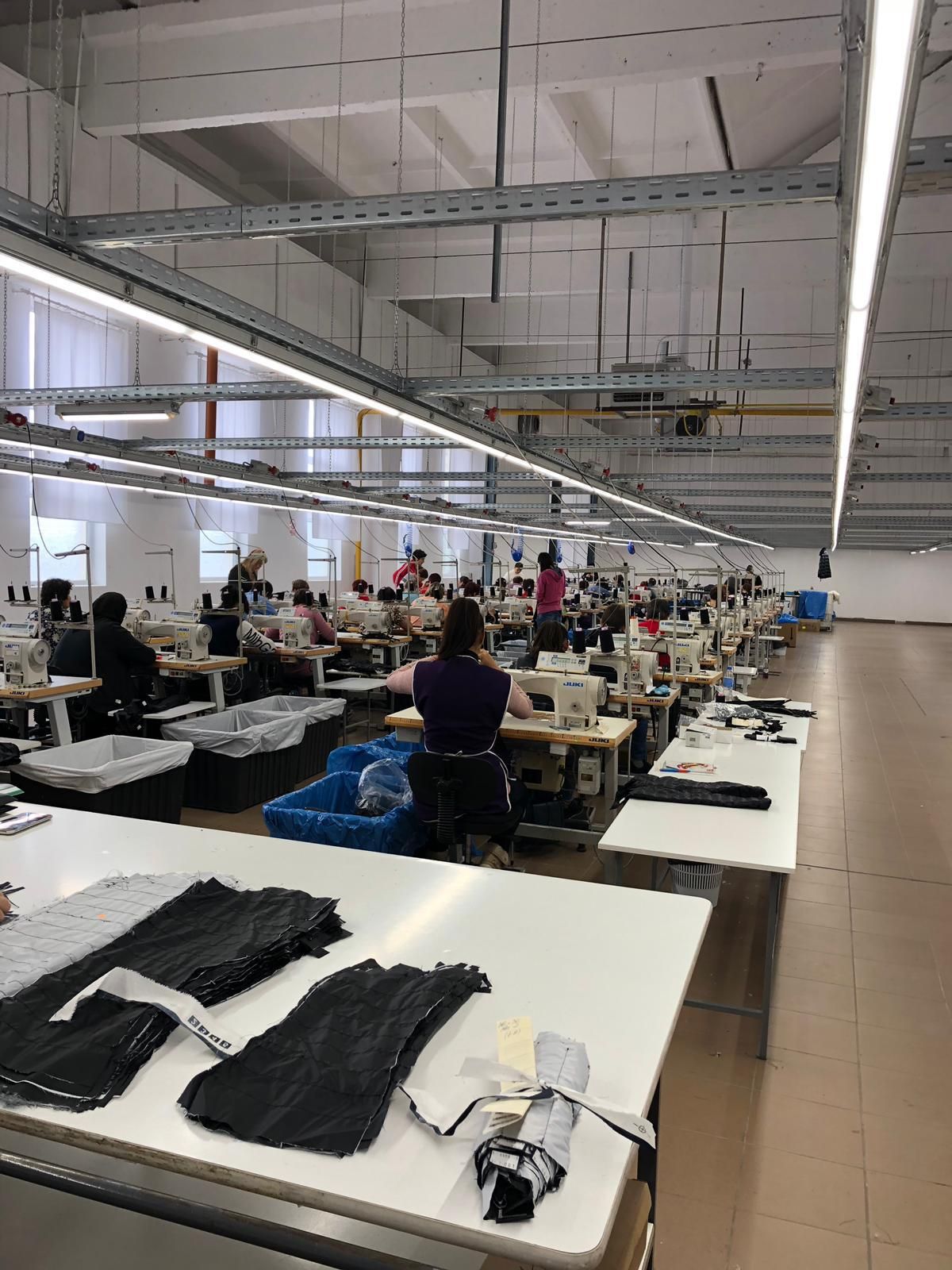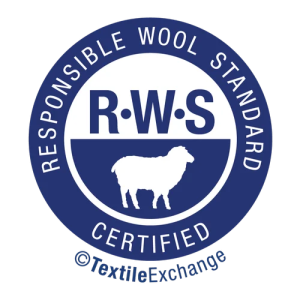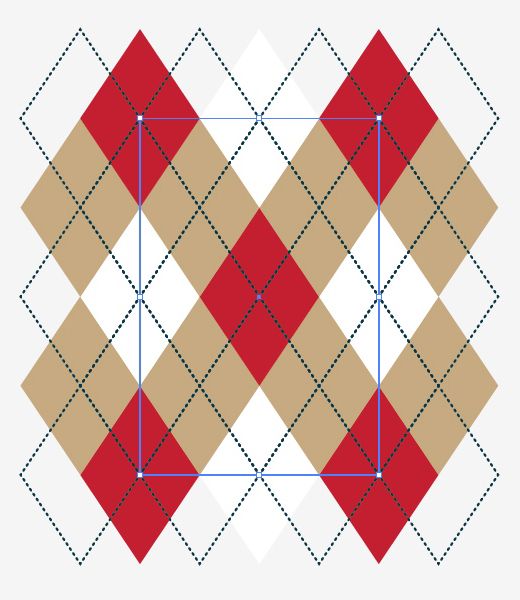
Argyle and graphic patterns are quietly returning to the knitwear world — but with a fresh, emotional twist.
Once known for its classic preppy aesthetic, Argyle has evolved into something softer, more textured, and deeply tactile for the Fall/Winter 2025 season.

From Preppy to Poetic: The New Argyle Knit Trend
Traditionally defined by its sharp diamond grid and color blocking, Argyle is being reimagined through brushed alpaca yarns, mohair blends, and hand-feel surfaces. The once-flat geometry now feels blurred, emotional, and intimate — like geometry seen through a soft lens.
Designers across Europe and Asia are experimenting with oversized silhouettes, fuzzy textures, and muted yet bold color contrasts. Instead of crisp lines, we see diffused edges and painterly tones, creating sweaters and cardigans that feel more like wearable art than rigid pattern.
Texture and Comfort: The Heart of Modern Knitwear
This movement isn’t only about pattern — it’s about texture. The tactile quality of modern knitwear defines the mood of the season.
Brushed alpaca, lofty wool tweeds, and bouclé yarns all contribute to a “comfort-first” luxury — the feeling of being wrapped, cocooned, protected.
Color Stories and Material Harmony
The color palette behind this Argyle revival is equally important.
Think muted neutrals — sand, dove grey, forest green — combined with soft highlights of dusty rose or bronze. The contrast between matte corded yarns and shiny metallic threads adds depth, creating visual rhythm within the knit structure.
These combinations not only refresh the Argyle motif but also make it more versatile — suitable for modern ready-to-wear, relaxed tailoring, and trans-seasonal layering.
Why the Argyle Knit Trend Matters Now
In a world leaning toward mindfulness and comfort, fashion is reflecting our emotional needs.
The new Argyle represents balance — structure meeting softness, nostalgia meeting innovation. It captures a mood that is simultaneously cozy and intelligent, a quiet elegance that speaks to the tactile side of modern dressing.
As designers and makers, we find beauty in this evolution. It’s not about reinventing the pattern; it’s about re-sensing it — finding new warmth and meaning in familiar shapes, one thread at a time.




